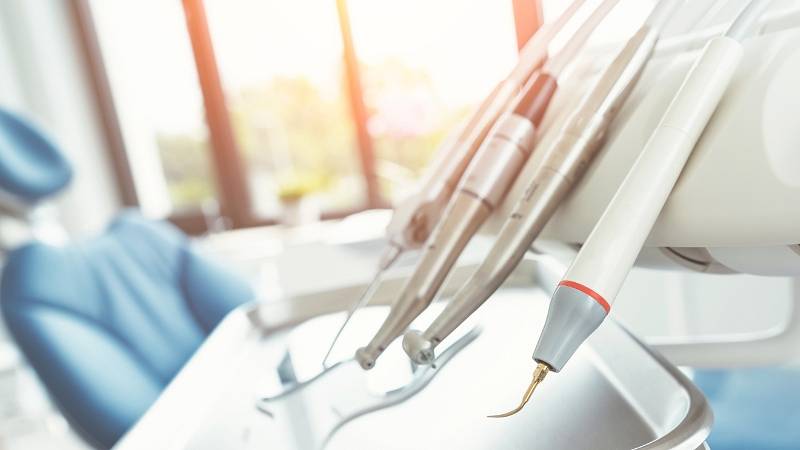
At GDT Dental Implants, we are committed to developing advanced solutions that address complex dental implant cases with efficiency and precision. One of the most specialized tools in oral implantology is the zygomatic drill, a key instrument for zygomatic implant procedures. These drills are designed to navigate challenging anatomical structures and provide patients with a reliable option when conventional implants are not feasible. In this article, we will explore the benefits of zygomatic drills and the situations in which they are most commonly used.
Understanding Zygomatic Implants
Zygomatic implants are longer than conventional implants and require precise drilling techniques to ensure successful placement. This is where zygomatic drills play a crucial role, offering accuracy and stability throughout the procedure.
The Benefits of Zygomatic Drills
Zygomatic drills are designed specifically for the placement of long implants in the zygomatic bone. Their unique design and functionality offer several advantages that contribute to improved clinical outcomes.
1. Precision and Accuracy
Zygomatic drills are engineered for high precision, allowing dental professionals to navigate the complex anatomy of the maxilla and zygomatic bone with confidence. Given the proximity of critical anatomical structures such as the maxillary sinus and infraorbital nerve, accuracy is essential to avoid complications. The specialized design of these drills ensures that each osteotomy is performed with the correct depth and trajectory.
2. Efficient Bone Penetration
Due to the dense nature of the zygomatic bone, standard drills may struggle to achieve efficient penetration. Zygomatic drills are designed with enhanced cutting efficiency, allowing smooth and controlled drilling through cortical bone. This reduces excessive force application, minimizing the risk of overheating and tissue damage.
3. Minimized Trauma and Patient Comfort
One of the primary concerns in implant procedures is patient comfort and post-operative recovery. Zygomatic drills are optimized to minimize trauma during drilling, which contributes to reduced inflammation and a more comfortable healing process. By ensuring a clean and controlled osteotomy, these drills support a smoother post-operative experience for patients.
4. Compatibility with Guided Surgery
With the advancement of digital dentistry, guided surgery techniques are increasingly being used in zygomatic implant procedures. Many zygomatic drills are designed to be compatible with guided surgical workflows, allowing for enhanced accuracy through pre-planned surgical guides. This integration improves predictability and reduces intraoperative challenges.
5. Reduced Need for Bone Grafting
Traditional implant placement in cases of severe bone loss often requires bone grafting procedures, which extend treatment time and increase overall patient discomfort. By utilizing zygomatic implants with the appropriate drills, clinicians can bypass the need for grafting, offering an immediate solution that reduces both the number of surgeries and the overall recovery period.
6. Optimized Surface Coatings for Heat Reduction
Overheating of the bone during drilling can compromise osseointegration and increase the risk of implant failure. Many zygomatic drills feature advanced surface coatings that help dissipate heat, ensuring a safer drilling process. These coatings contribute to the longevity and success of the implant by maintaining optimal bone viability.
Scenarios Where Zygomatic Drills Are Typically Used
Zygomatic drills are essential tools in several clinical situations, primarily involving patients with significant maxillary bone loss. Some of the most common cases include:
1. Severe Maxillary Atrophy
Patients who have lost a significant amount of bone in the upper jaw due to prolonged edentulism or advanced periodontal disease often lack sufficient bone volume for traditional implants. Zygomatic implants, placed using specialized drills, provide a stable alternative without requiring extensive grafting procedures.
2. Patients Who Have Experienced Implant Failure
Individuals who have previously undergone implant placement but have experienced failure due to poor bone integration may benefit from zygomatic implants. These implants utilize the zygomatic bone, which offers greater density and stability, improving long-term success rates.
3. Patients Who Need Full-Arch Rehabilitation
Full-arch rehabilitation with zygomatic implants is a common solution for those requiring a complete upper prosthesis. The use of zygomatic drills ensures the precise placement of implants, allowing for immediate loading of prosthetics in many cases. This approach helps restore function and aesthetics efficiently.
4. Oncology and Trauma Cases
Patients who have undergone maxillary resection due to cancer treatment or traumatic injuries may have substantial bone deficiencies. In such cases, zygomatic implants provide a reconstructive solution that restores both function and facial aesthetics. The use of specialized drills ensures precise osteotomy, improving the overall success of the reconstruction.
5. Patients Seeking Immediate Function Solutions
Many patients prefer treatment options that minimize the waiting period before receiving their final prosthesis. Since zygomatic implants often allow for immediate loading, they offer a fast-track solution to full oral rehabilitation. The efficiency of zygomatic drills in these procedures contributes to predictable outcomes and quicker restoration of function.
Conclusion
Zygomatic drills are an indispensable component of modern implantology, particularly for patients facing severe maxillary bone loss. Their precision, efficiency, and compatibility with advanced surgical techniques make them an essential tool for clinicians performing zygomatic implant procedures. By reducing the need for complex grafting, optimizing surgical accuracy, and improving patient comfort, these drills support successful and predictable outcomes.






